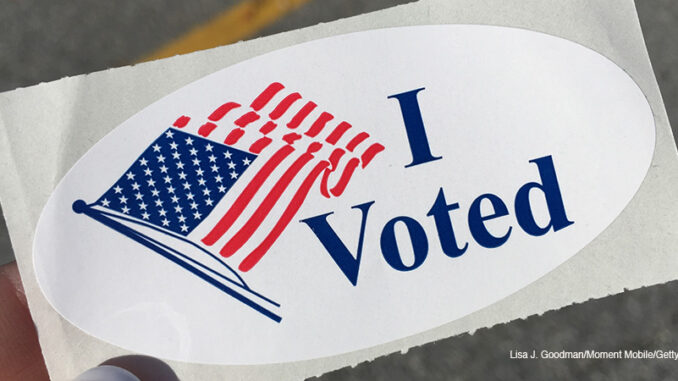
The 2018 election cycle is officially underway!
Last week, Texas was the first state to hold its primary midterm elections, while political analysts from all over the country watched to see what could be learned from the results. Here, btw takes a look at some of the findings, and what they could mean for midterm elections in other states.

Democratic Gains
Not too surprisingly, Texas Democrats turned out in record numbers. In fact, nearly one million Democrats voted, which is the highest turnout in a Democratic primary for a midterm election since 2002. Moreover, Democrats also ran a record number of candidates: 111. For the first time in 25 years, Democrats ran a candidate in every one of Texas’s 36 congressional districts. The Democratic Party in Texas was energized by several factors: first, a complete rejection of Trump. And second, Texas Democrats focused more of their election message on women as candidates and voters.
Important for Democrats to remember, though, is that despite huge increases in turnout for Democratic voters, far more Republicans still voted. Also, the fact that so many Democrats ran led to some controversy within the party. The Democratic Congressional Campaign Committee (DCCC) endorsed, or supported, certain Democratic candidates over others. This caused divisiveness between more centrist, establishment Democrats and their progressive counterparts.
Many of the primary races will wind up in a runoff vote in May. (Runoff elections happen when no candidate manages to receive more than 50 percent of the vote.) In many cases, these runoffs will wind up being contests between the more central and left-leaning factions of the Democratic Party.
What About Republicans?
About 1.5 million Republicans turned out to vote, which comes close to setting a midterm election voting record as well. However, three Congressional districts currently held by Republicans went to Hillary Clinton in the 2016 presidential election. This makes those seats highly vulnerable to a midterm Democratic takeover.
It’s no secret that the president struggles with low approval ratings throughout the country. But in Texas, according to a recent poll, the president’s job approval rating was 83 percent positive among Republicans. (By contrast, the same poll found it to be 85 percent negative among Texas Democrats.) The takeaway from this is that the Republican candidates who align most closely with Trump’s values and priorities will be the ones to succeed. In fact, Texas Republicans are most concerned about immigration and border security. The Republican candidates who took the firmest stance on these issues were the ones who fared the best.
So What Can Other States Learn from Texas?
For both parties, a candidate’s association with the president seems to be a major determinant of their success. This pattern is often true of midterm elections–regardless of which president or party is occupying the White House. Democratic candidates should continue to reject Trump’s values and policies, while Republicans can best motivate their base by standing with the president on controversial issues such as immigration and border control. And eventually, both parties will have to overcome any internal divisiveness if they are ever going to be successful in the general midterm elections.
